DAY1® Finishing Aid is a colloidal silica based topical additive that makes concrete flatwork finishing easier and faster. It produces a better result and reduces the risk of a prematurely setting slab. Applied during floating and troweling, DAY1 increases cream, making for easier, better finishing and extended workable time under adverse conditions. DAY1 does not alter the water to cement ratio. It provides moisture-retention performance similar to a liquid membrane forming curing compound. DAY1, however, becomes a permanent part of the slab so there is no membrane or residue to remove.
DAY1 also has a number of densification and performance enhancing qualities. Through densification, compressive and surface abrasion resistance are improved. Additionally, DAY1 improves consolidation, reduces water vapor transmission, and extends curing, further improving strength and durability. DAY1 has been shown to successfully mitigate slab curling by reducing evaporation at the surface, thereby diminishing the shrinkage differential and the curling it causes. DAY1 also minimizes the potential for checking, crazing, and other drying-related surface issues.
DAY1 reduces the potential for efflorescence on both colored and non-colored concrete mixes. It also gives the concrete surface hydrophobic-like properties for better resistance to liquid penetration and staining. This makes it a must-have for any colored or decorative concrete project.
Contact Us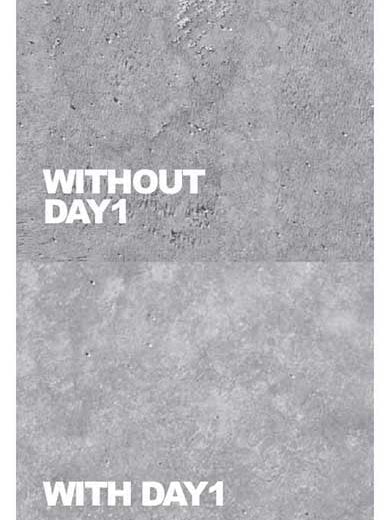
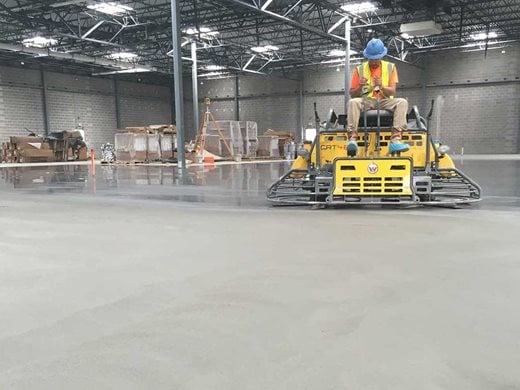
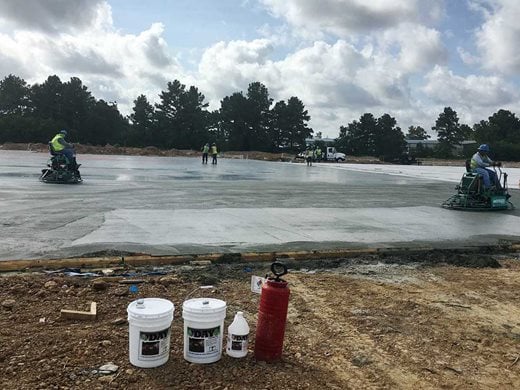
Applying DAY1 while finishing concrete slabs makes the process easier, faster, and produces better results. This concrete finishing aid offers so many benefits, it's like having an extra finisher on the job.
La aplicación de DAY1 durante el acabado de las losas de hormigón hace que el proceso sea más fácil, rápido y produce mejores resultados. Esta ayuda para el acabado de concreto ofrece tantos beneficios que es como tener un terminador adicional en el trabajo.
DAY1 offers a multitude of advanced features and benefits for freshly-placed concrete, and provides long-term high performance properties to treated concrete surfaces:
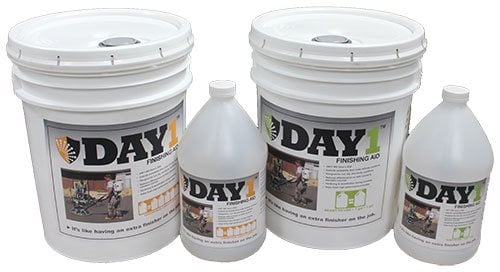
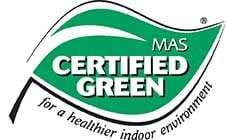
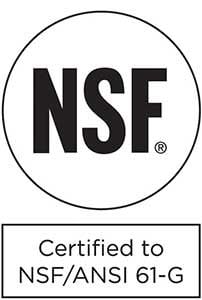

| Document | English | Spanish | Mandarin |
|---|---|---|---|
| DAY1® Catalog | Download PDF | Download PDF | Download PDF |
| DAY1® TIS | Download PDF | ||
| DAY1® SDS | Download PDF | ||
| DAY1® Specifications | Download PDF | ||
| DAY1® LEED V4 Certificate | Download PDF | ||
| DAY1® HPD | Download PDF |
800-624-0261 Springfield, Illinois | 800-483-9628 Rialto, California
Explore impressive concrete installations to find inspiration for your next project.
Find out how much color and fiber you'll need for any size project.